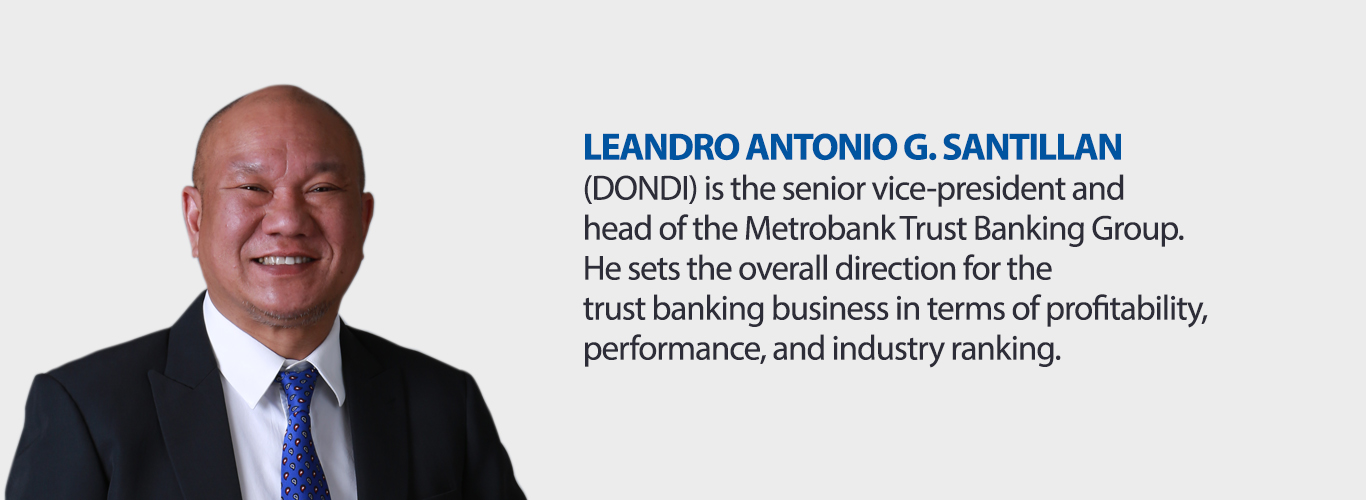It is often said that investing in the stock market is a rich man’s game. And perhaps no place has internalized this statement more than the Philippines.
According to the Philippine Stock Exchange’s latest Stock Market Investor Profile report, the total number of stock market accounts was recorded at 1.23 million last year, a number that, while impressive, is but a tiny fraction of the country’s more than 100-million population. There are a number of reasons why.
First, a portion of our population still lives on a day-to-day basis so investments for them are still a luxury. For those with excess cash, our tendency is to purchase more immediately-felt, luxury goods rather than save and invest for the future.
Second, financial literacy is not part of the general curriculum in most educational institutions. If properly taught in schools, many Filipinos should have a firm grasp on the importance of investments at a young age.
Third, the rise of networking businesses had somehow overshadowed traditional investment vehicles. Traditional investments have suffered as a result, with many people believing them to be “low-yielding” instruments compared to business ventures.
Despite the challenges mentioned, traditional investing remains to be a viable medium to grow one’s nest egg.
Understanding the different asset classes is important when you start investing. It is also important to know some common investment misconceptions.
One misconception is that equity investments are greatly associated with luck and give quick returns. The truth is equity investments are not short-term investments because short-term gains in equities usually overshadow the risk in the near-term.
Another misconception is that Filipinos believe that you need a large amount of money to start investing, when in fact there are collective investment schemes like mutual funds and Unit Investment Trust Funds (UITFs) offered by popular commercial banks that have very low minimum starting amounts.
Investing has also become very convenient with the advent of online platforms offered by financial institutions. One needs only to take a few minutes to set up an account with any of the available online investment platforms or with their bank to start investing for their future.
When you start to invest, there are several things to be considered. The first thing that needs to be established is how much money or savings you will need by the time you retire so that you have a goal to achieve. With that goal in mind, you need to determine how many years you need to save for that amount. An amount needs to be set aside regularly towards that goal.
The best time to start investing for retirement is right now. If you invest later on in life, you run the big risk of not having enough savings to sustain your lifestyle after retirement.
Next, we need to determine what type of investments is needed to reach our goal. If the investor opts for safer investments like only time deposits and bonds then the annual contributions will need to be larger, if they add equities in the portfolio mix then the annual contribution may be less.
In addition, you also need to assess your own personal liquidity situation. Will you be needing your money over the next year as you plan to make a huge purchase? Will you need you money in the next few years? In general, for funds you will need in a year, it should be limited to time deposit. Funds that will be needed in the next three years should be limited to bonds, and any excess cash that will not be needed in the foreseeable future should be invested in either equities or real estate.
The problem with most investors is that they tend to stick to the asset class they are familiar with only. In some cases, most investments are lumped in Time Deposits and Bond only which, as mentioned above, hardly beats inflation. In other cases investments are limited to local currency investments only. A good mix of safe and risky investments will ensure that a portfolio can reach your desired goals.
For new and inexperienced investors, we suggest investing in a healthy mix of collective investment schemes like UITFs or mutual funds for starters. As they get more investment savvy, they can start investing on their own or hire experienced asset managers to run their investment portfolio.
Speak to the experts and continue to learn. Understand in what scenarios each asset class performs well in, who are the major players in that investment market and how do they think, the technical aspects of the investments particularly valuation (whether it’s cheap or expensive). Let the experts manage your personal investments. Hire an asset manager for this purpose as they have the skill, expertise, resources, and infrastructure to make sound investments.
At the end of the day, investing gives us an opportunity to further grow our hard-earned money to prepare us for the future.
Article written by:

Article was first published at BusinessWorld.